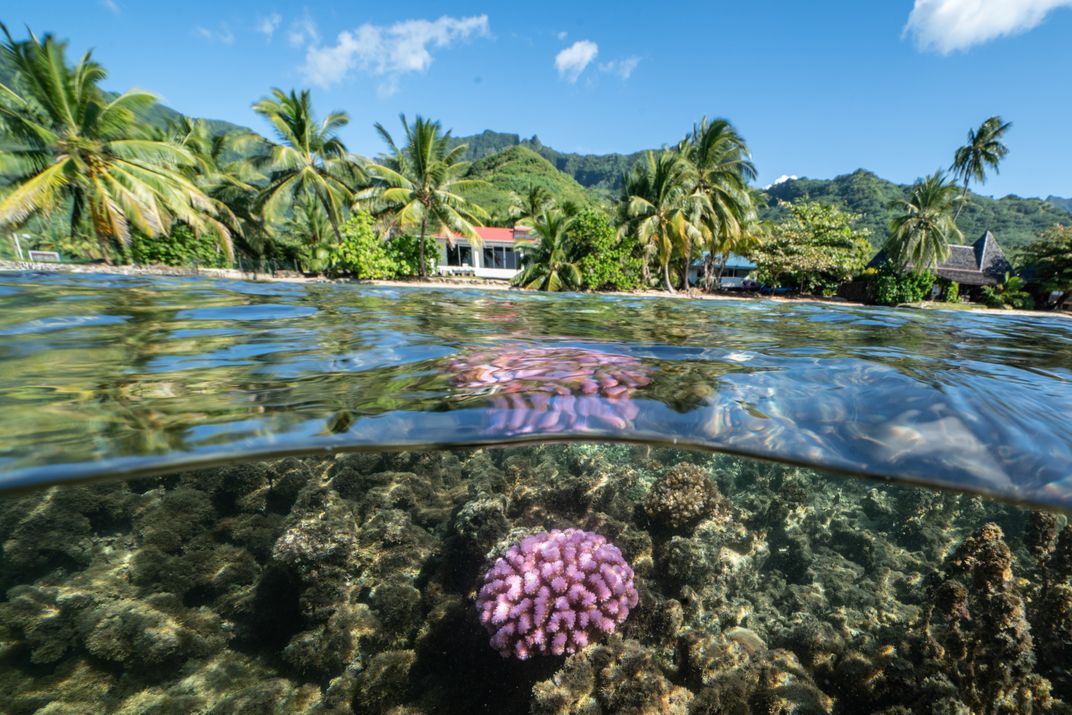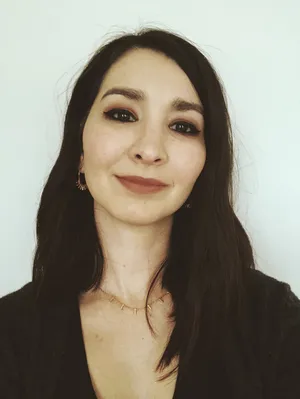Framing Hope Through A Photographer’s Lens
Following the 2020 Earth Optimism Digital Summit, photographer Cristina Mittermeier tells us how she is able to portray optimism in her images.
:focal(2661x3108:2662x3109)/https://tf-cmsv2-smithsonianmag-media.s3.amazonaws.com/blogging/featured/cristinamittermeier_190429_27266-Edit.jpg)
One of the most influential female photographers in the world is Cristina Mittermeier. But before she became one of the strongest voices in conservation photography, she worked in her native Mexico as a Marine Biologist. She discovered that visual storytelling, rather than data sets, allowed her to be a better advocate for the ocean.
Mittermeier was one of the speakers involved in the Smithsonian's 2020 Digital Earth Optimism Summit, during which she shared how she is able to capture optimism and shift the way we view conservation issues with her camera. Following the Summit, Earth Optimism's Cat Kutz asked Mittermeier to share a few of her inspiring photos and tell us how she sees Earth Optimism shaping the conservation narrative moving forward.
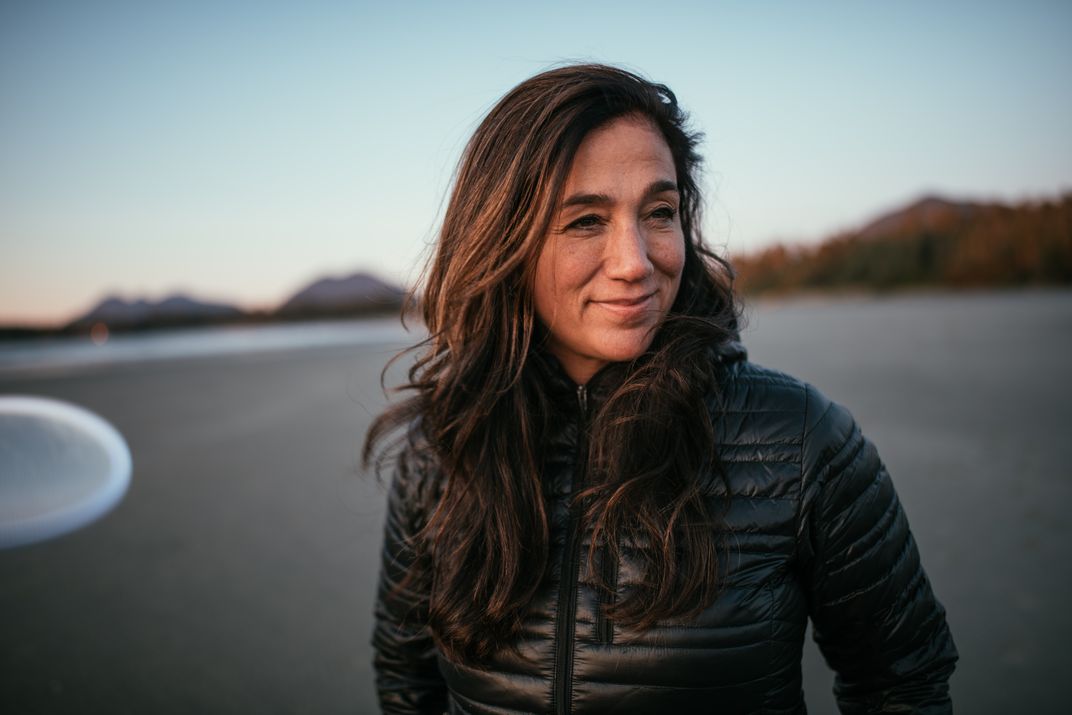
First of all, I want to thank you for being a part of the Earth Optimism Digital Summit last week. During your session, Telling the Story, you said, “A beautiful photograph is an open door into which people can enter this conversation.” How are you able to convey Earth Optimism in your photographs?
I learned storytelling by studying how some of the best storytellers in history frame their stories. Dr Martin Luther King didn’t start his famous speech by saying “I have a nightmare”.
Framing the issue at hand with a positive attitude has the wonderful effect of making the price of entry into the conversation accessible. We are currently engaged in the most important conversations of our lives; we need to make it accessible and democratic. Photography allows us to do that.
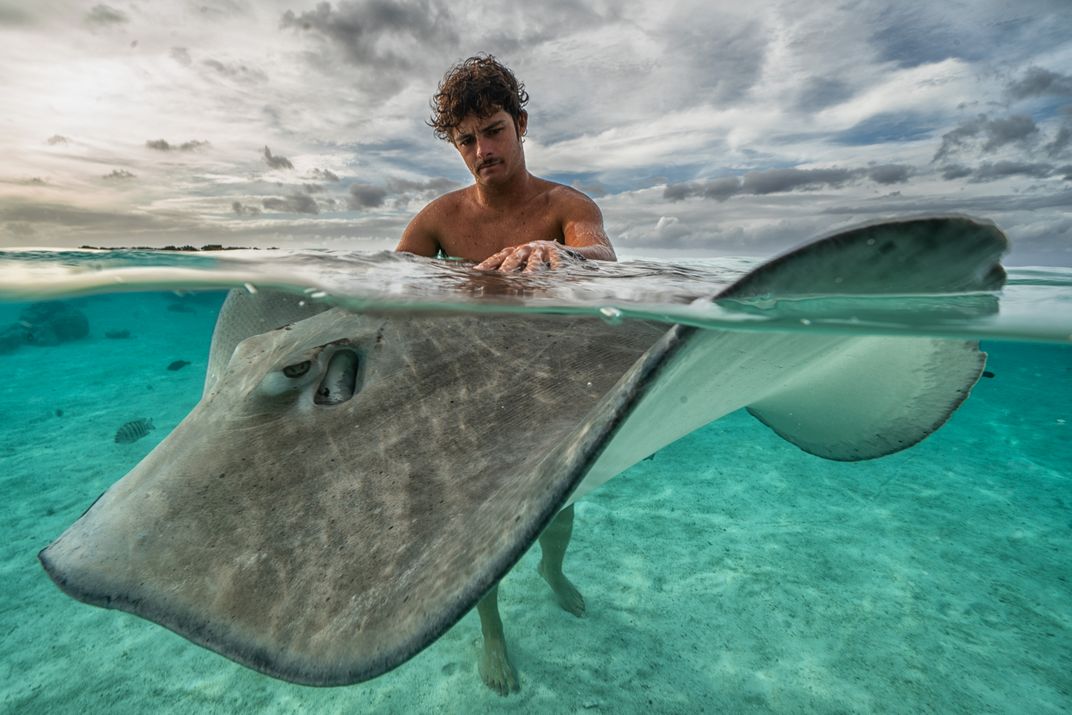
Do you have a favorite photo of yours that has been particularly effective at portraying a sense of hope for our planet?
I love the images I have been able to make with young indigenous activists. Indigenous people are the last people on this planet that remain connected to the operating system of Earth; we need to empower those young indigenous people who are interested in downloading that knowledge from their elders.
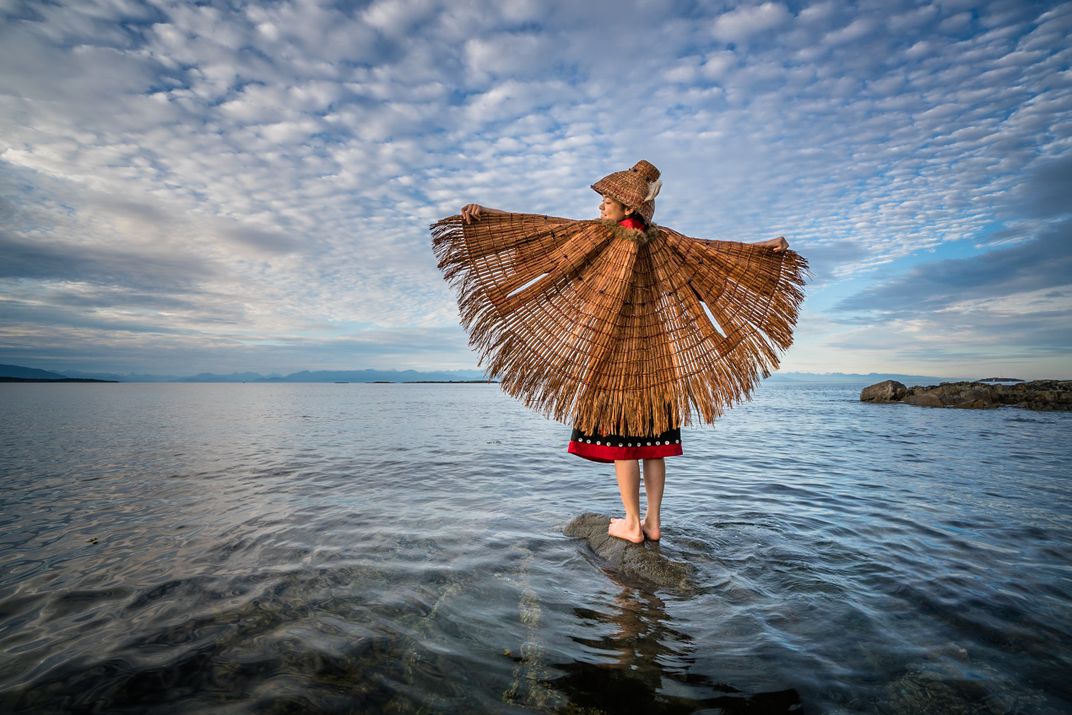
How do you see the idea of Earth Optimism continuing to shape the way we frame conservation?
Optimism is the key to our survival. If we can frame the challenges ahead with an air of positivity and hope, we will stand a chance of galvanizing action for our planet.
Can you tell us more about the mission of SeaLegacy and what inspired you to start this organization?
Our mission is simple; we are using the power of visual storytelling to change the story of our oceans. As we grow our following and galvanize action on key issues, we build a sense of community and positivity. In June, we are launching Only.One, one of the most exciting things Paul Nicklen and I have ever been a part of. We want everyone to join in our sense of optimism and hope, so come join us as www.only.one and let’s change the story.
